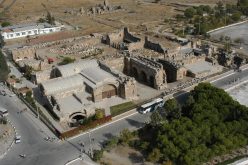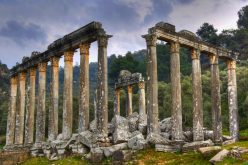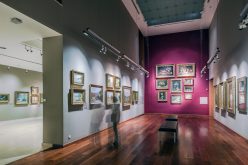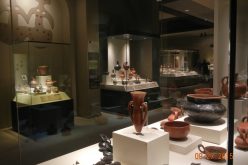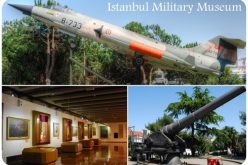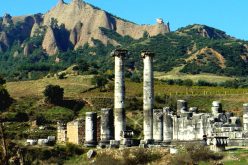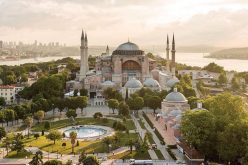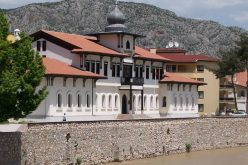Elaiussa Sebaste
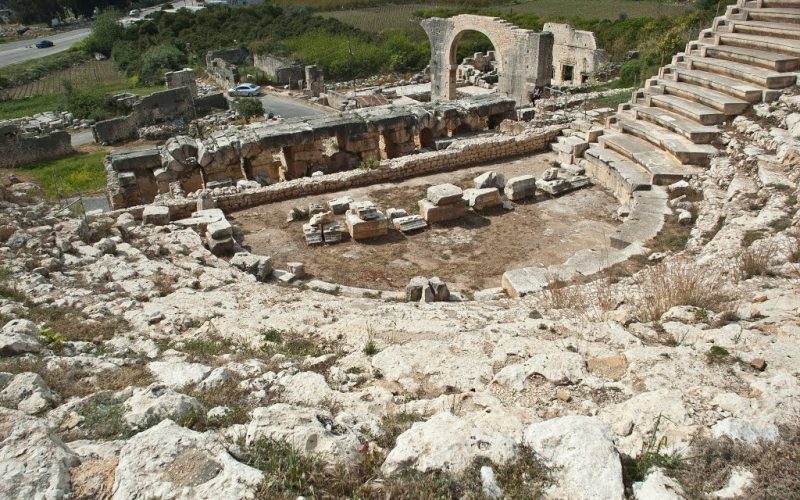
Elaiussa Sebaste
Elaiussa Sebaste is an ancient Cilician site located near Ayas town between Silifke and Erdemli towns, 55 kilometers from Mersin province along the eastern Mediterranean coast of Turkey. The site is on the slopes of Taurus mountains and has one of the best preserved necropolis in Anatolia, a small theater, baths, cisterns, aquaducts, and many reliefs and other archaeological ruins.
Some historians believe that the city was the gateway through which olive entered in Asia Minor because Elaiussa means “olive” in the old language and there was lots of cultivation of olives in the area. The city was founded in the 2nd century BC on a small island connected to the mainland by a narrow causeway. The city of Elaiussa was flourished during the rule of the Cappadocian king Archelaus under the reign of the Roman emperor Augustus. The city was moved to the mainland by the king Archelaus and called as Sebaste, which meant “imperial city”. The city lived its heydays after the Cilician shores were cleaned from the pirates by the Roman emperor Vespasianus in 74 AD, but started to loose its importance towards the 3rd century AD due to incursions of the Sasanians and Isaurians. During the Byzantine period it became a Christian city and many churches were built, and finally the city survived until 6th century AD when its neighbour Corycos (Kizkalesi) began to flourish thus Elaiussa Sebaste was abandoned.
The small island where the city was first founded is a peninsula today and there are almost no visible ruins left because of the sand burying them. The ruins of a cistern, roman bath, walls and a breakwater can be noticed on the side overlooking the western bay of the peninsula. The floor of the bath is paved with mosaics and there is a basilica on a round base. On the opposite side of the road that divides Elaiussa and Sebaste there is a small theater from the 2nd century AD. Next to the theater there is an Agora surrounded by the wall, which had two lion shaped monumental fountains at the entrance. There is a large Byzantine church inside the Agora with mosaic floor. There is a pagan temple on a hill overlooking the sea outside of the city, decorated with Corinthian style columns. There is a large Roman bath complex between the temple and the agora.
Related Articles
Write a Comment
Only registered users can comment.




